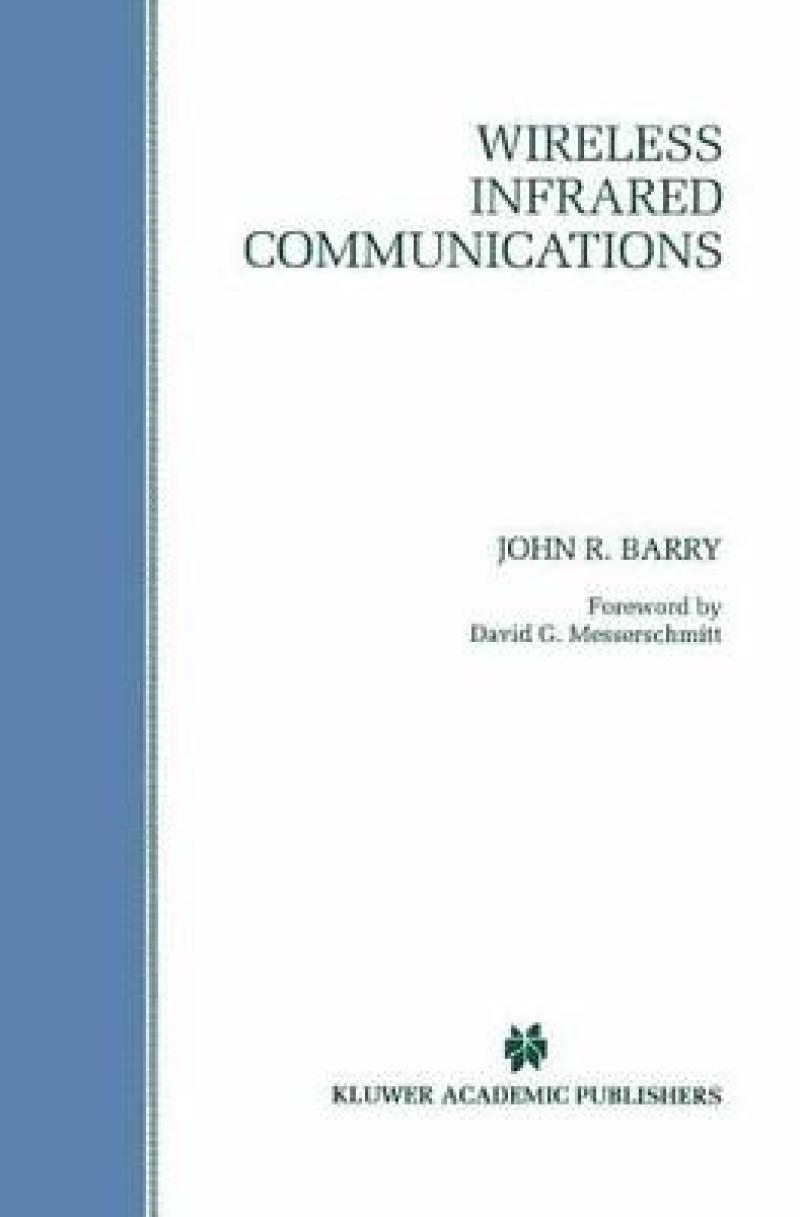The demand for wireless access to network services is growing in virtually all communications and computing applications. Once accustomed to unteathered opera tion, users resent being tied to a desk or a fixed location, but will endure it when there is some substantial benefit, such as higher resolution or bandwidth. Recent technolog ical advances, however, such as the scaling of VLSI, the development of low-power circuit design techniques and architectures, increasing battery energy capacity, and advanced displays, are rapidly improving the capabilities of wireless devices. Many of the technological advances contributing to this revolution pertain to the wireless medium itself. There are two viable media: radio and optical. In radio, spread-spectrum techniques allow different users and services to coexist in the same bandwidth, and new microwave frequencies with plentiful bandwidth become viable as the speed of the supporting low-cost electronics increases. Radio has the advantage of being available ubiquitously indoors and outdoors, with the possibility of a seam less system infrastructure that allows users to move between the two. There are unan swered (but likely to be benign) biological effects of microwave radiation at higher power densities. Optical communications is enhanced by advances in photonic devices, such as semiconductor lasers and detectors. Optical is primarily an indoor technology - where it need not compete with sunlight - and offers advantages such as the immediate availability of a broad bandwidth without the need for regulatory approval.
Les mer
Recent technolog ical advances, however, such as the scaling of VLSI, the development of low-power circuit design techniques and architectures, increasing battery energy capacity, and advanced displays, are rapidly improving the capabilities of wireless devices.
Les mer
1. Introduction.- 1.1 Comparison of Infrared and Radio Communications.- 1.2 The Wireless Infrared Channel.- 1.3 History of Wireless Infrared Communications.- 1.4 A High-Speed Wireless LAN.- 1.5 Optoelectronic Components.- 1.6 Outline.- 2. Link Analysis and Optics Design.- 2.1 Introduction.- 2.2 Thin-Film Optical Filters.- 2.3 Truncated Spherical Concentrators.- 2.4 Joint Optimization of Transmitter and Filter.- 2.5 Summary and Conclusions.- 3. Receiver Design.- 3.1 Introduction.- 3.2 Limitations on Photodetector Bandwidth.- 3.3 Analysis of Current-Feedback Pair.- 3.4 Optimal Filtering for Quadratic Noise Spectrum.- 3.5 Choosing the Right Transistor.- 3.6 Design Procedures.- 3.7 Optional Design Embellishments.- 3.8 Summary and Conclusions.- 4. Modeling Multipath Dispersion.- 4.1 Introduction.- 4.2 Models for Diffuse Reflectors and Transmitters.- 4.3 Multiple-Bounce Impulse Response.- 4.4 Simulation and Experimental Results.- 4.5 Multipath-Induced Power Penalty.- 4.6 Summary.- 5. Modulation and Equalization.- 5.1 Intensity Modulation and Direct Detection.- 5.2 Binary Modulation.- 5.3 Multi-Level Modulation.- 5.4 Discussion.- 5.5 ML Sequence Detection and Equalization for PPM.- 5.6 Coherent Optical Communication.- 5.7 Summary.- 6. System-Level Issues.- 6.1 Introduction.- 6.2 Single-Cell Architectures.- 6.3 Overlapping Cells.- 6.4 Summary.- 7. Conclusions and Future Work.- 7.1 Conclusions.- 7.2 Future Work.- References.- A. Power Efficiency on the Linear Gaussian-Noise Channel.
Les mer
Springer Book Archives
Springer Book Archives
Produktdetaljer
ISBN
9781461361626
Publisert
2012-10-08
Utgiver
Vendor
Springer-Verlag New York Inc.
Høyde
235 mm
Bredde
155 mm
Aldersnivå
Research, P, 06
Språk
Product language
Engelsk
Format
Product format
Heftet
Forfatter
